How Do You Become a Yoga Instructor When You’re Over 50?
How Do You Become a Yoga Instructor When You’re Over 50? The easiest answer is to practice every day, increase your knowledge of yoga, challenge yourself to go deeper into your practice and take the required courses to earn your certification. Your age doesn’t matter. Benefits of Aging As a matter of fact, you may […]
What Yoga Teacher Certification Means
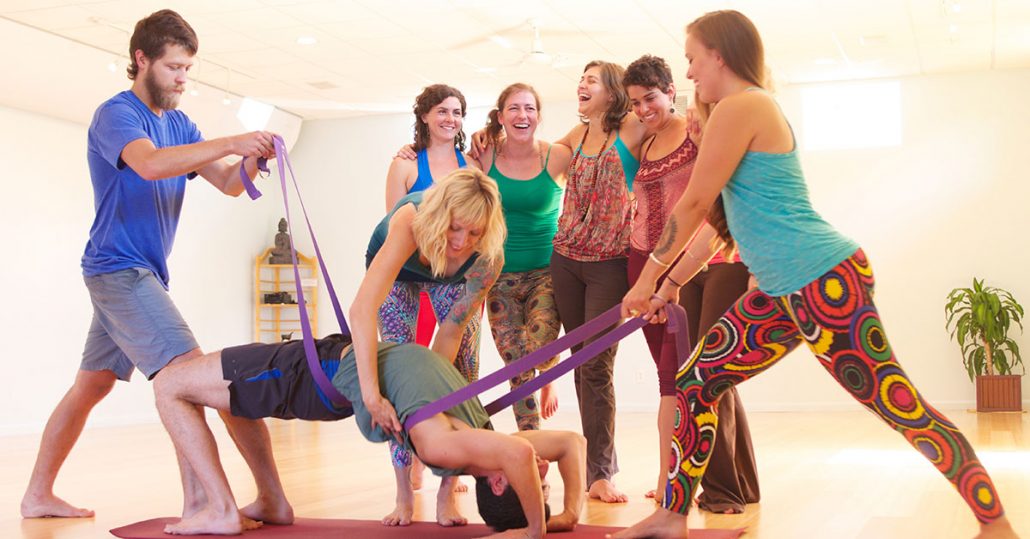
[av_one_full first min_height=” vertical_alignment=” space=” custom_margin=” margin=’0px’ link=” linktarget=” link_hover=” padding=’0px’ border=” border_color=” radius=’0px’ background=’bg_color’ background_color=” background_gradient_color1=” background_gradient_color2=” background_gradient_direction=’vertical’ src=” background_position=’top left’ background_repeat=’no-repeat’ animation=” mobile_breaking=” mobile_display=” av_uid=’av-1yrly’] [av_textblock size=” font_color=” color=” av-medium-font-size=” av-small-font-size=” av-mini-font-size=” av_uid=’av-jimenj16′ custom_class=” admin_preview_bg=”] What Yoga Teacher Certification Means Do you really need yoga teacher certification to teach a yoga class? Why does that […]
Yoga & Emotions — On Becoming a Yoga Teacher

Yoga & Emotions — On Becoming A Yoga Teacher Yoga, when done regularly and with intention, is known as a way to integrate your mind, body and spirit. Through a mindful yoga practice, you can learn to better control your emotions and bring peace and harmony to your outer and inner lives. This is but […]
10 Tips for Leading a Yoga Class
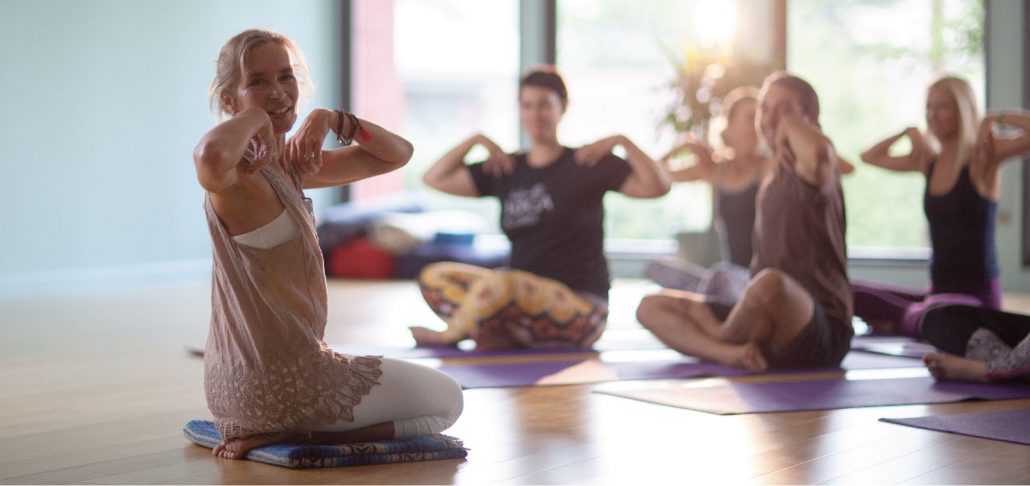
10 Tips for Leading a Yoga Class Yoga teacher training can take you only so far. You still have to actually lead a yoga class by yourself. If you’ve trained at Asheville Yoga Center, you’ve had some experience that gave you the foundation for success. Like life, yoga requires continual learning and a curious […]
8 Ways to a Peaceful Class
8 Ways to a Peaceful Class When you first asked how do you become a yoga instructor, you probably weren’t thinking of becoming a peacemaker, negotiator or disciplinarian. The focus of your answer to How do you become a yoga instructor was more likely on the poses, the marketing and the yoga philosophies that drew you to the […]
Becoming a Yoga Teacher in Demand
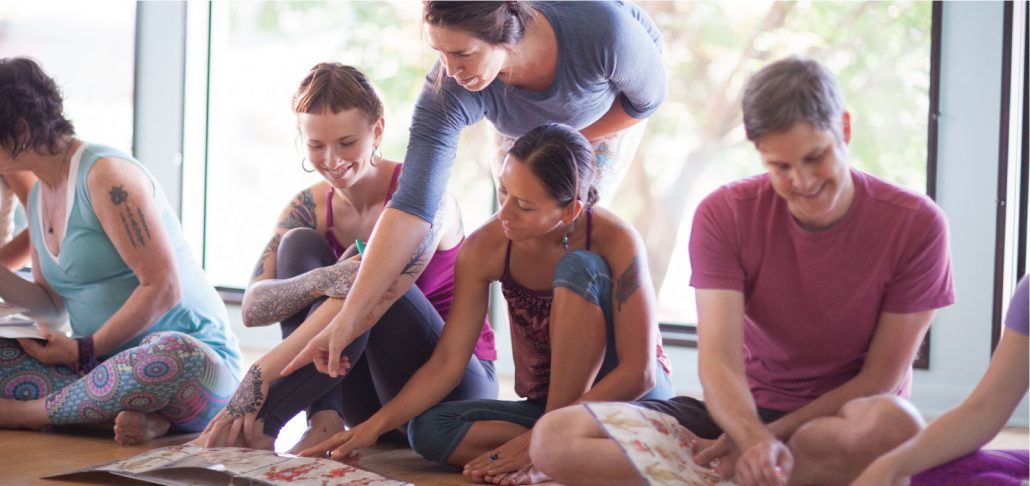
Becoming a Yoga Teacher in Demand While yoga continues to grow in popularity across the country, the number of certified yoga teachers also grows. But you are not too late to jump on the bandwagon, as the 20-plus million Americans practicing yoga will attest. There is always room for someone who is in the process […]
5 Tips to Prepare for the Training of Your Life
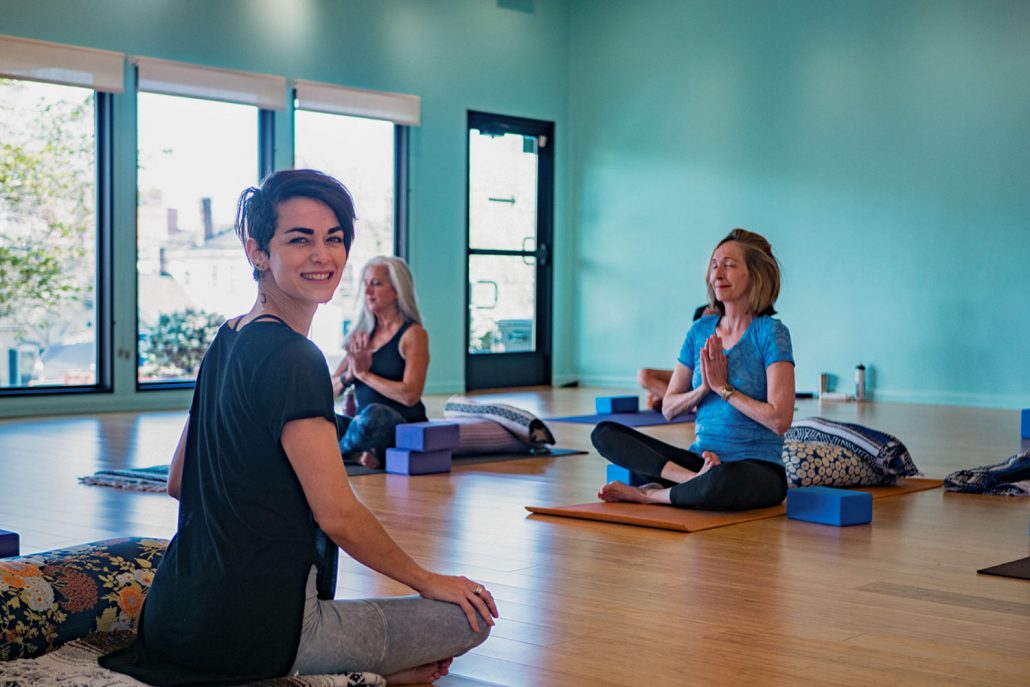
5 Tips to Prepare for the Training of Your Life Once you’ve developed a strong desire to move from the role of student to become the teacher, you may wonder: How do you become a yoga instructor with the tools you have now? You may feel that you are ready, but there are several steps to take […]
5 Yoga Poses Away from a Better Night’s Sleep
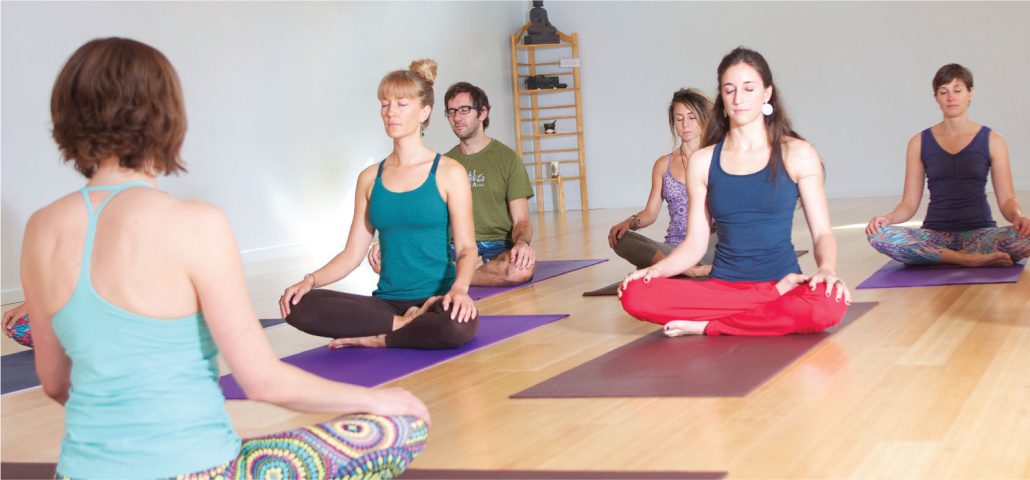
5 Yoga Poses Away from a Better Night’s Sleep Whether you suffer from insomnia, or you just want to relax for a few minutes before sleep, bedtime yoga can help you have a more restful night’s sleep. Taking just a few minutes in bed before you fall asleep to do these simple yoga poses may […]
